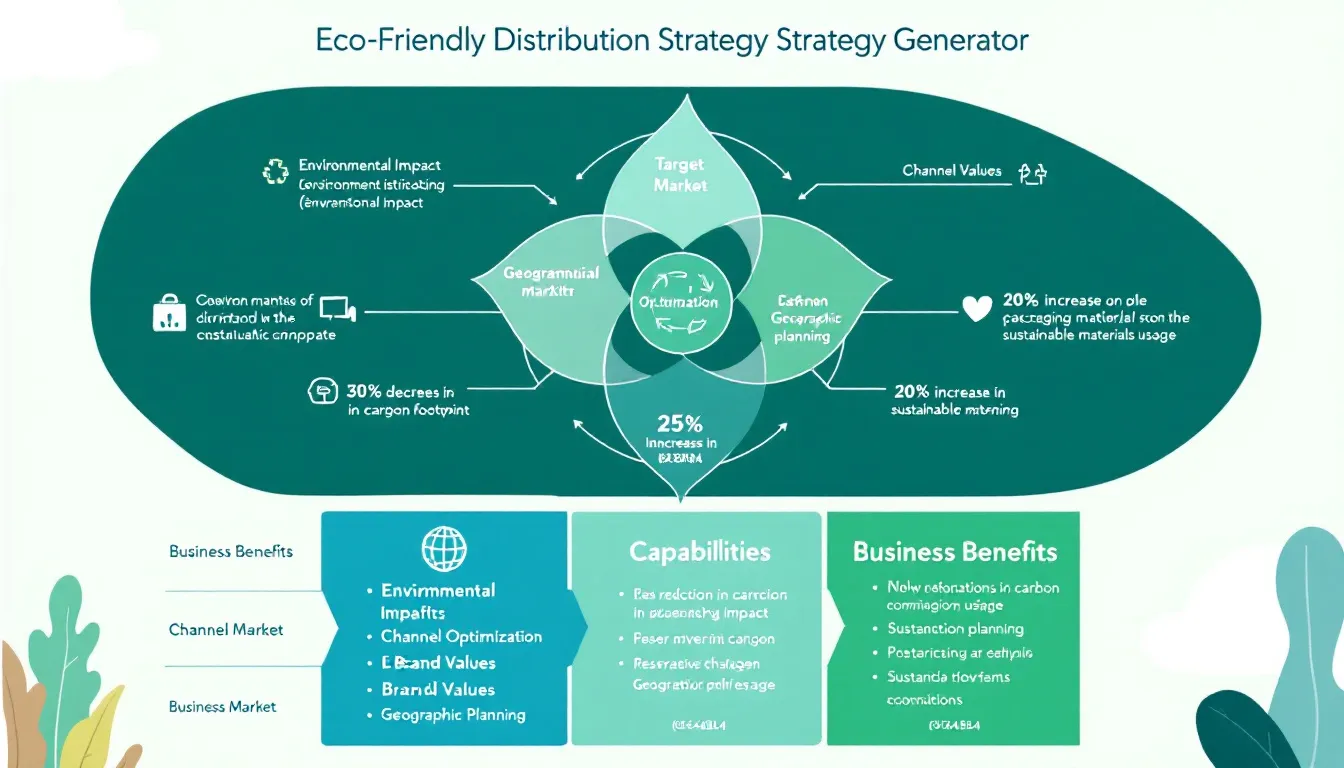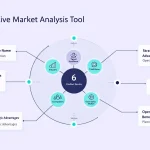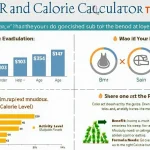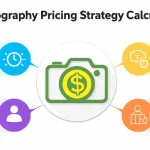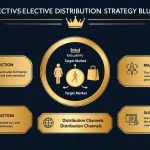Is this tool helpful?
How to Use the Eco-Friendly Distribution Strategy Generator Effectively
Follow these steps to input your information correctly and generate a sustainable distribution strategy tailored to your business needs:
- Product or Service Field: Enter the specific product or service that needs an eco-friendly distribution plan. For example, you might use “Reusable grocery bags” or “Electric bike-sharing services.”
- Target Audience: Define your ideal customers by describing their key traits. Examples include “Young families in suburban areas focused on reducing waste” or “Tech-savvy urban commuters seeking green transportation.”
- Brand Values: Explain your brand’s core principles that shape your distribution approach. Input examples: “Renewable energy use, zero-waste commitments, community support” or “Fair labor practices, biodegradable materials, circular economy focus.”
- Current Distribution Channels: List your existing distribution routes or methods, if applicable. For instance: “Pop-up stores in community markets” or “Partnerships with eco-conscious retailers.” Leave blank if you’re establishing your network.
- Geographic Coverage: Specify the primary regions you want to target. Examples include “Urban centers in Southeast Asia” or “Rural areas across the Midwest.”
What is the Eco-Friendly Distribution Strategy Generator?
This sustainable brand planning tool helps businesses develop distribution strategies that reduce environmental impact while maximizing market reach and customer engagement. It combines your product details, brand values, and market goals to design eco-conscious distribution plans that support your sustainability initiatives.
By integrating environmental considerations with strategic logistics, the tool helps you:
- Align your distribution with eco-friendly practices
- Optimize delivery routes and packaging approaches
- Enhance your brand’s reputation for sustainability
- Improve resource efficiency and reduce costs
Key Features of the Generator
- Environmental impact evaluation for distribution logistics
- Customization based on target customer profiles
- Recommendations for sustainable packaging and transportation
- Integration of your brand’s green values into the strategy
- Geographic distribution planning matching your market scope
Practical Usage of the Tool
This API-based tool processes your inputs to create actionable, eco-friendly distribution strategies. Use it to:
- Design distribution frameworks that fit your product and sustainability goals
- Develop targeted delivery methods that reduce carbon emissions
- Identify sustainable packaging options aligned with your brand values
- Plan for geographic markets considering environmental regulations and consumer preferences
Real-World Applications
Example 1: Renewable Energy Equipment Distribution
A company distributing solar panels used this tool to create a region-specific hub system that lowered transportation emissions by 35% and reduced packaging waste by 40% through reusable crates.
Example 2: Eco-Conscious Cosmetics Brand
A cosmetics brand integrated its brand values of cruelty-free and sustainable sourcing to design a circular distribution model that reclaimed packaging post-delivery, increasing customer retention by 30%.
Benefits of Adopting a Sustainable Distribution Strategy
Environmental Benefits
- Lower greenhouse gas emissions through optimized logistics
- Reduced waste by promoting eco-friendly packaging
- Minimized energy consumption across distribution stages
- Support for circular economy models and resource conservation
Business Advantages
- Stronger brand reputation as a sustainability leader
- Higher customer loyalty from values-aligned buyers
- Competitive edge in green-conscious markets
- Cost savings through efficient operations and reduced waste
- Adaptive strategies that scale with business growth and demand fluctuations
Addressing Common Challenges in Sustainable Distribution
Minimizing Carbon Footprint in Delivery
The tool helps you design distribution routes using greener transport options and strategically placed hubs. For example, it identifies opportunities to consolidate shipments or utilize electric vehicles to reduce emissions without compromising delivery speed.
Optimizing Packaging Sustainability
You receive actionable suggestions for eco-friendly packaging materials and designs tailored to your product needs. This reduces plastic use and enhances recyclability while protecting products during transit.
Aligning Distribution with Market Expectations
The generator ensures that distribution strategies meet your target audience’s preferences and accessibility needs, balancing environmental goals with practical market demands.
Frequently Asked Questions
Who can benefit from this sustainable distribution strategy tool?
Businesses across sectors such as retail, food and beverage, fashion, technology, and services can use this tool to implement greener distribution practices.
How does the tool incorporate brand values into my distribution strategy?
It analyzes your stated values—like carbon neutrality or fair trade—and integrates them into packaging choices, transport options, and partner selection to ensure consistency throughout your distribution.
Can the tool adapt strategies for different market sizes?
Yes, the strategies scale seamlessly from small local operations to large international networks, providing flexible and effective solutions for diverse business sizes.
How does seasonal demand influence sustainable distribution planning?
The tool factors in seasonal fluctuations to help you maintain sustainability without losing responsiveness, adjusting distribution volumes and routes accordingly.
What role does technology play in sustainable distribution according to the tool?
It recommends using technologies like route optimization software, IoT-enabled tracking, and renewable energy-powered logistics to enhance distribution efficiency and sustainability.
How can I evaluate the success of my sustainable distribution strategy?
The tool provides key performance indicators including carbon emission reductions, cost savings, customer satisfaction rates, and market reach to help you measure impact.
What should I consider for international sustainable distribution?
The tool incorporates international regulations, cultural differences, and environmental standards to create compliant and effective cross-border distribution plans.
How often should I update my distribution strategy to maintain sustainability?
Regular updates every 3 to 6 months are recommended for continuous alignment with evolving environmental goals and changing market conditions.
Can the generator support future business growth while staying sustainable?
Yes, it creates scalable strategies designed to grow with your business without compromising sustainability commitments.
How does sustainable distribution impact my relationship with customers?
Adopting green distribution practices boosts customer loyalty and improves brand perception by aligning your business with consumer values focused on environmental responsibility.
Important Disclaimer
The calculations, results, and content provided by our tools are not guaranteed to be accurate, complete, or reliable. Users are responsible for verifying and interpreting the results. Our content and tools may contain errors, biases, or inconsistencies. Do not enter personal data, sensitive information, or personally identifiable information in our web forms or tools. Such data entry violates our terms of service and may result in unauthorized disclosure to third parties. We reserve the right to save inputs and outputs from our tools for the purposes of error debugging, bias identification, and performance improvement. External companies providing AI models used in our tools may also save and process data in accordance with their own policies. By using our tools, you consent to this data collection and processing. We reserve the right to limit the usage of our tools based on current usability factors.
